May 2025
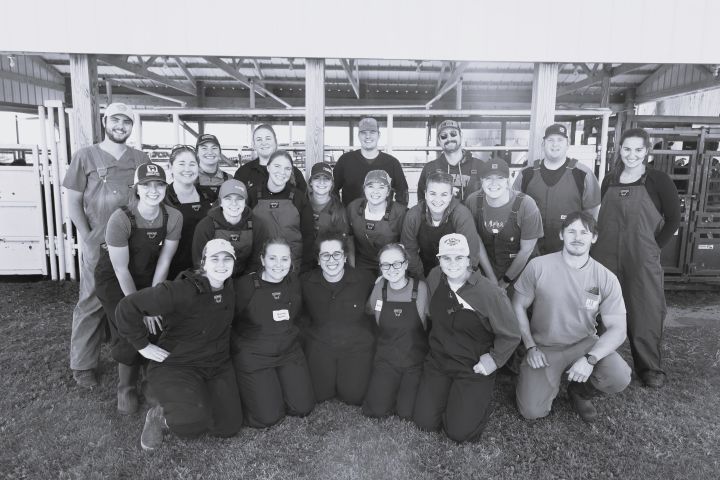
Calling All Vet Students - Especially New Graduates!
To all the incredible students finishing vet school — congratulations! You’ve reached a major milestone, and we couldn’t be more excited for you. At ReproScan, we’re passionate about supporting the next generation of veterinarians. As you step into practice, we’d love to stay connected. Our community is all about sharing helpful resources, CE event updates, exclusive offers, and real-world industry insights — and we want you to be part of it.

Why Do Some Pregnant Cows Fail to Calve?
Even the most experienced pregnancy testers know: not every cow confirmed pregnant ends up calving. So what’s happened? Here are a few key factors behind “failure to calve”: 1. Early Testing = Higher Loss Risk The earlier you test, the more likely some pregnancies won’t go to term. In dairy herds, ultrasound as early as day 28 can show viable embryos that ultimately don’t result in calves — often due to high production demands.

Small Ruminant Ultrasound: What You Need to Know
Over the past few months, we’ve seen exciting growth in the small ruminant industry—and with it, a rise in curiosity around small ruminant ultrasound. If you’ve been wondering how to get started or improve your technique, we’ve got you covered! Here are some key things to keep in mind when working with small ruminant ultrasound: 1. Probe Placement For most small ruminant ultrasounds, our go-to recommendation is the C60 T-Handle probe paired with the Flexx ultrasound system.
December 2024

Elle's Christmas Letter
Merry Christmas! What an adventure this year has been—international wars, elections, record cattle prices, fires, floods, hurricanes, backorders and a baby! As many of you know, my husband and I were blessed to welcome our first little girl, Tacy, to our family in January. She is a little backpack baby who travels almost everywhere with me, which has been fun. Traveling with her has been a sweet reminder of the family aspect of many of our customers.
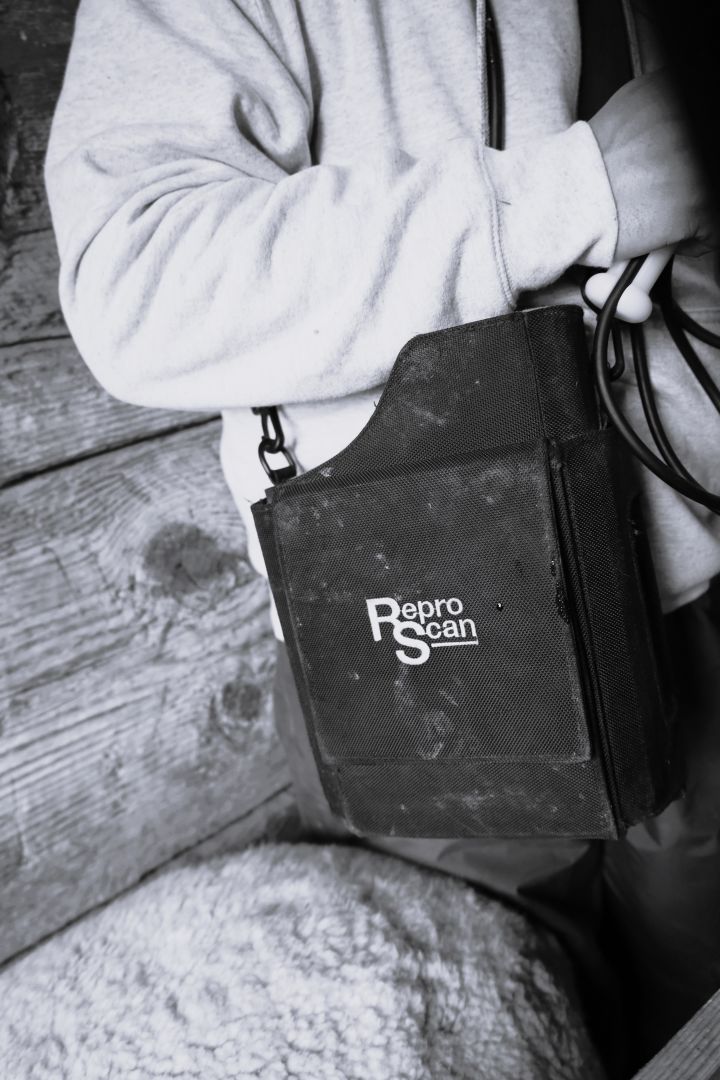
Trade-In This December!
Thinking about upgrading your ultrasound equipment? There’s no better time than now! This December, call ReproScan to trade in your current machine and step up to a newer model. We believe it’s the perfect Christmas gift for your practice! Unsure which upgrade would suit your needs best? Take a look at some of our top ultrasound machines featured below: Apexx The Apexx by ReproScan is newly designed to elevate your ultrasound experience.

Top 5 Troy's Tip Tuesdays from 2024
One of our favorite things to do is to share some tips and tricks throughout the year with our Troy’s Tip Tuesday Posts. Here are some of our favorites that we shared in 2024, these can also act as some reminders as well! 1. Service check reminder We highly recommend sending in your ultrasound equipment every other year for a full service check. We will clean your equipment, check for any preventative maintenance measure to avoid a costly breakdown in the future, and ensure that your ultrasound is working at its full potential.
August 2024
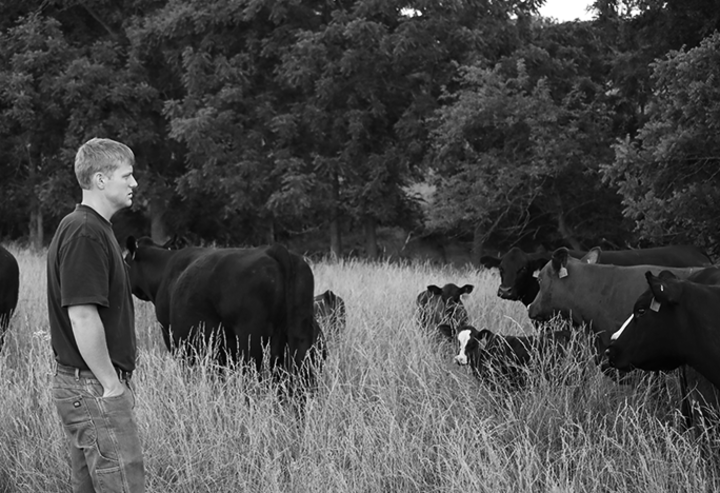
Economics of Preg Checking with Dr. Andrew Bronson
Here at ReproScan, we certainly think that ultrasound offers valuable management information that helps producers manage their herds. From the simple “bred and open,” to looking for twins, or fetal aging, ultrasounding cattle is a value-add for all producers to make better-informed decisions. The economics of preg checking include many variables- region, rainfall, hay crop, regional pricing of preg checking, cull cow and bred cow markets- the list goes on and on.
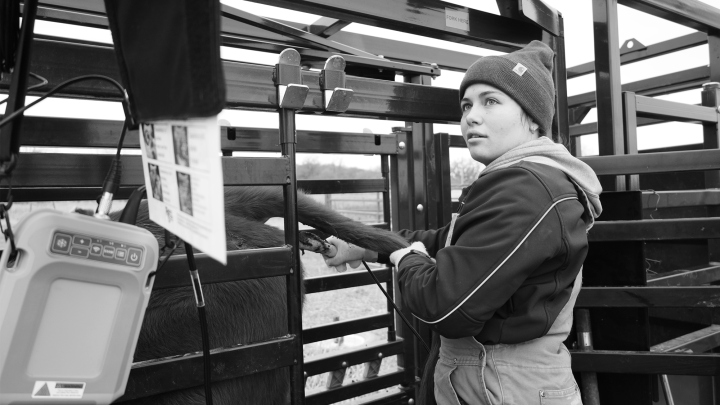
Best Preg Checking Practices
Whether it’s your first season of cattle preg checks, or your twentieth, it’s still best to be prepared. We’ve put together a list of all of our “Best Preg Checking Practices”, including what to do the night before, a packing list, and best practices in producer communication. The Night Before Charge your monitor and your ultrasound! There’s nothing more disappointing than getting out to the chute and realizing that your equipment isn’t ready to go.
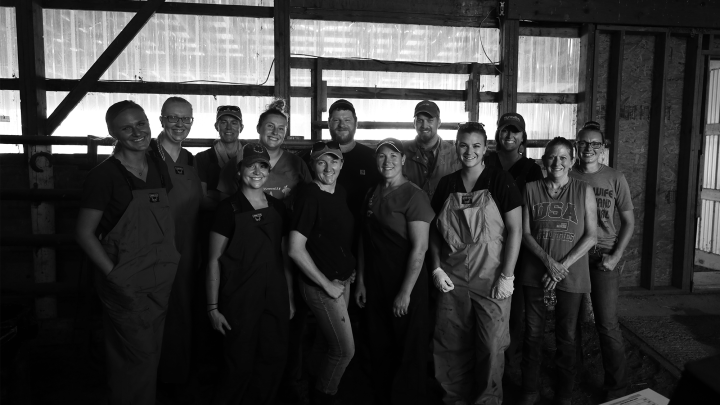
Training Course FAQs
Why should I attend a ReproScan Training Course? We’re glad you asked! Training is at the heart of what we do here at ReproScan, and we work hard to make sure that our customers walk away excited and confident from each course. The course will cover calling pregnant/open, fetal aging, and fetal sexing, as well as coaching on extension arm technique. These RACE-Approved Courses will provide you with 9 Continuing Education Credits and are a great opportunity to get hands-on experience with highly-trained instructors.

Practitioner Promo 2024
We are so pleased to once again offer our Practitioner Promo Sale- all Veterinarians can save 10% on all new ultrasound packages from August 1st-15th. Don’t miss out on these savings! Considering a new ultrasound before busy cattle preg-checking season? We just celebrated the one-year anniversary of the launch of our Apexx ultrasound. The Apexx provides users with increased image quality, elevating your preg-checking experience. Visualizing the open uterus, fetal aging, fetal sexing, and performing ovarian exams has never been easier.